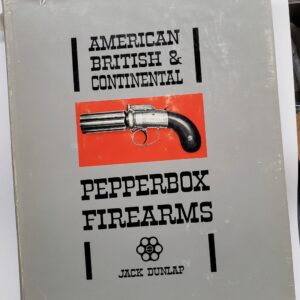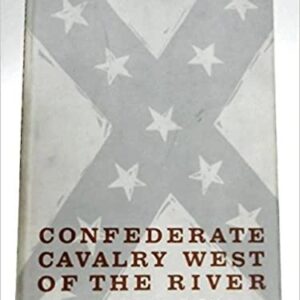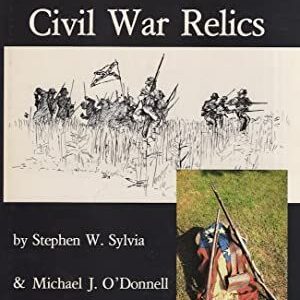Historical Sketch of the Organization, Administration, Material and Tactics of the Artillery, United States Army by William E Birkhimer, First Greenwood Reprinting 1968, Reprint of 1884 by James J Chapman, Hardback. Exlibris stamped US Army. Library of Congress Catalog Card Number 68-54788 Wildman’s Item Number: 763
“Excerpt from Historical Sketch of the Organization, Administration, Matérial and Tactics of the Artillery, United States Army
When the writer of this work joined the army as a commissioned officer, in 1870, he cast about with a view to learning something of the career in this country of the arm to which he had been assigned – the artillery. The result was unsatisfactory. Of record there was almost nothing, and that little was sometimes glaringly erroneous. Experienced officers who were consulted could give little information regarding matters of a date anterior to their entry into service, and when they wished to speak positively con cerning those things of which they were personally cognizant their memories were frequently so defective as to surprise even themselves.
All this was a subject for wonder to the writer. It seemed strange that with our admiration for and knowledge of foreign services our own had not received more attention; but, on the contrary, the study of its organization and administration had been neglected. Since the Civil war much has been said and written concerning our military establishment. The matter has received no little attention in the deliberations of the National Legislature; but it has always seemed that such legislation would be none the less certain of being wise and permanent if more were known of the history of our army, especially of its combatant branches.
Of late years there has been a seemingly increasing disposition with us to inculcate the precepts, if we could not attain to the practice, of European services. There are undoubtedly many admirable features in the organization of some foreign armies; but instead of blindly following them, it would be wiser to first thoroughly familiarize ourselves with our own service and its relations to our civil institutions, to see whether principles which lead to such happy results elsewhere would be equally applicable here; indeed, whether they would not be positively injurious. As to the artillery, how ever, there is left no room for doubt. The technical and the combatant branches are everywhere else united under a single superior direction, and so they must be with us before either can attain to highest efficiency.”






Reviews
There are no reviews yet.